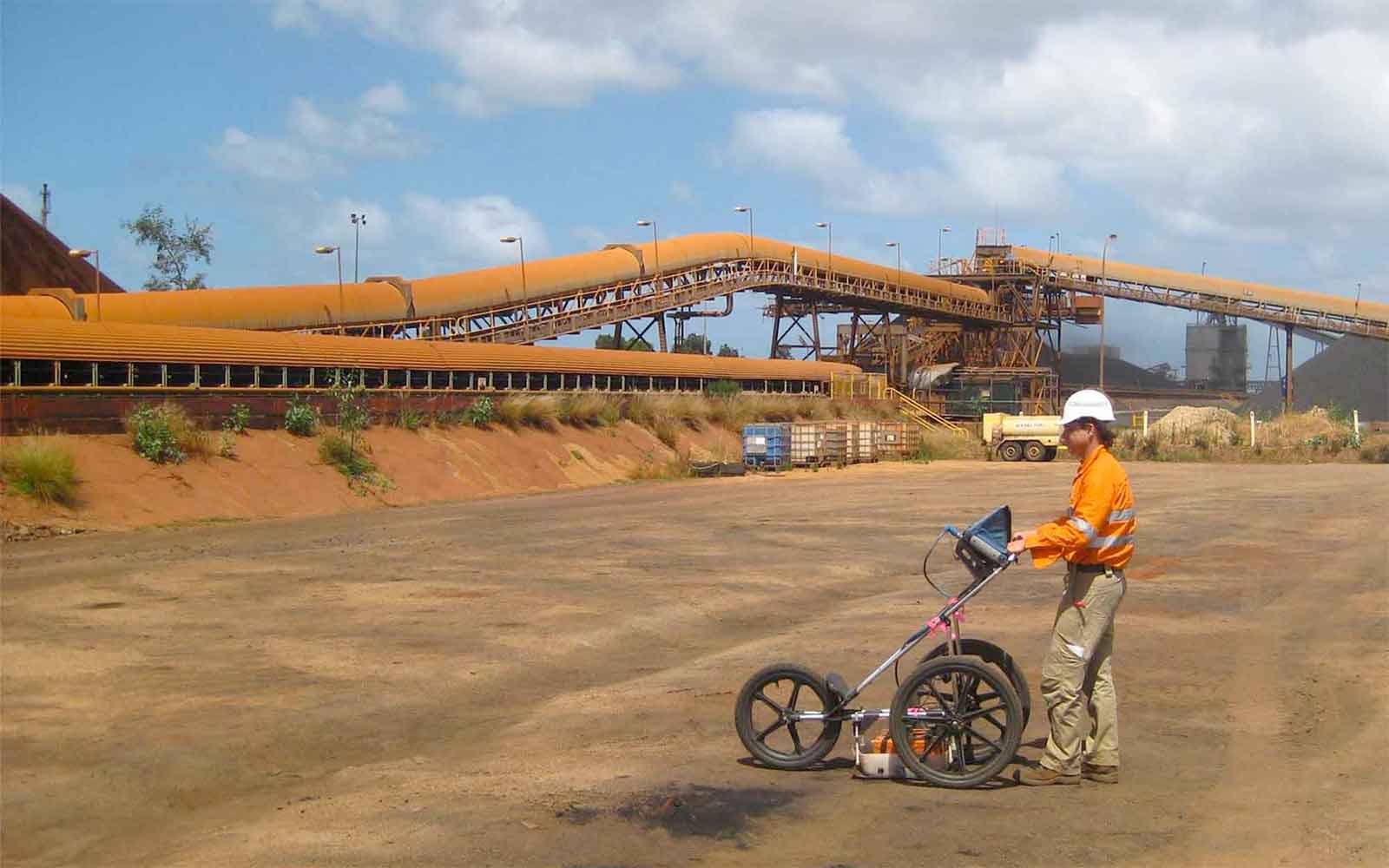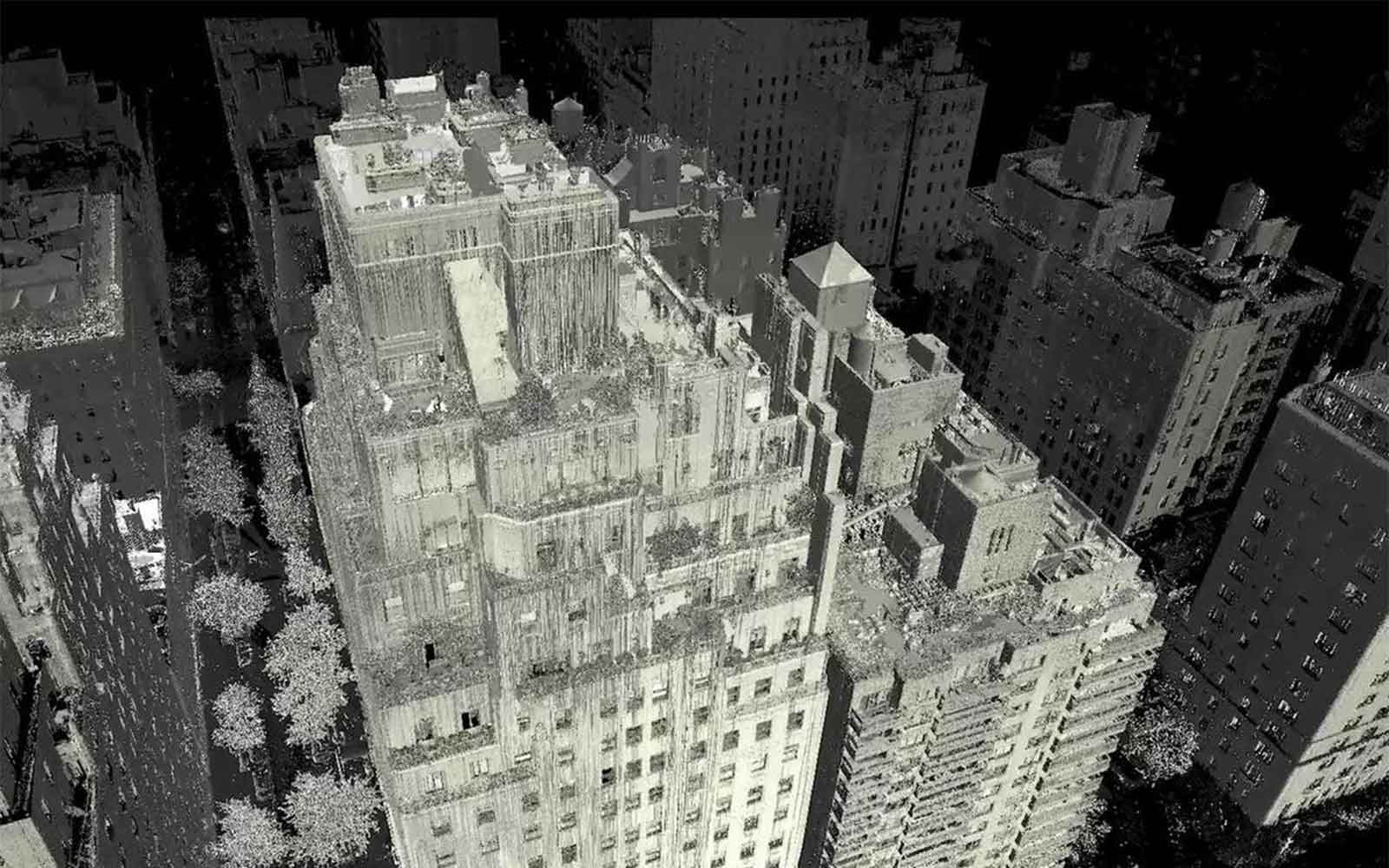Structural, Non-Destructive Testing and Utility Locating
All structures age and deteriorate. Find out all the structural details you need to get the full picture of what is happening on any manufactured structure be it buildings, bridges, railways and more.

Non-Destructive Testing (NDT)
Non-Destructive Testing (NDT) utilises a number of methods designed to non-invasively measure the internal properties and condition of engineered structures. NDT methods can be carried out on a wide range of building materials including concrete, masonry, timber and asphalt.
Using NDT methods, the GBG Group can obtain detailed internal condition assessments of a variety of engineered structures. Together with targeted invasive testing, laboratory testing and visual inspection, a complete assessment can be made. Examples of investigation types include:
- Buildings
- Bridges
- Tunnels
- Road pavement
- Rail ballast
- Airport runways / taxiways
- Water retention structures
Typical applications for NDT carried out by the GBG Group include:
- Construction detail of concrete structures including reinforcement spacing, depth of cover and diameters - GPR, Cover-meter
- Concrete slab thickness and strength - GPR, Schmidt Hammer, Impact Echo, Ultrasonic Pulse Velocity
- Assessment of concrete condition including honeycombing, delamination, voiding and reinforcement corrosion potential - GPR, Impact Echo
- Mapping of features within concrete structures including service conduits, poorly grouted PT ducts and void formers - GPR, Impact Echo
- Assessment of internal condition of timber structures including bridges and power poles
- Construction detail and condition within brick and concrete-lined tunnels - GPR, Impact Echo, Schmidt Hammer
- Construction detail and condition of retaining structures including dams and retaining walls
- Assessment of heritage structures
- Pavement layer thickness and condition for roads and runways - GPR
- Ballast layer thickness and condition/fouling along rail tracks - GPR
- Measuring pile depths
- Thermal imaging for void and leak detection - Thermal imaging
Underground Utility Mapping
We offer a suite of investigative techniques to locate underground utilities. We correlate our non-invasive test results including Ground Penetrating Radar (GPR) and cable/pipe locator with available pipe plans and accessible service pits, as well as physical confirmation using vacuum potholing, enabling detection of all service types including but not limited to:
- Electrical cables (high and low voltage)
- Telecommunications (copper and fibre optic)
- Gas
- Water (potable, fire and recycled)
- Sewer, Stormwater, Drainage and Retic
The knowledge of the location of utilities can avoid unnecessary, costly and dangerous disruptions to planned works. Utility provided information such as Dial Before You Dig is used but can be erroneous, geophysical techniques can quickly and easily identify the precise location of buried services.
Areas previously occupied by facilities such as petrol stations often feature abandoned buried infrastructure, most notably underground storage tanks. We can use a combination of methods to identify and delineate underground storage tanks associated with existing or removed infrastructure.
Featured Work
GBG investigates a wide range of structures from historically significant buildings to small private residences.




